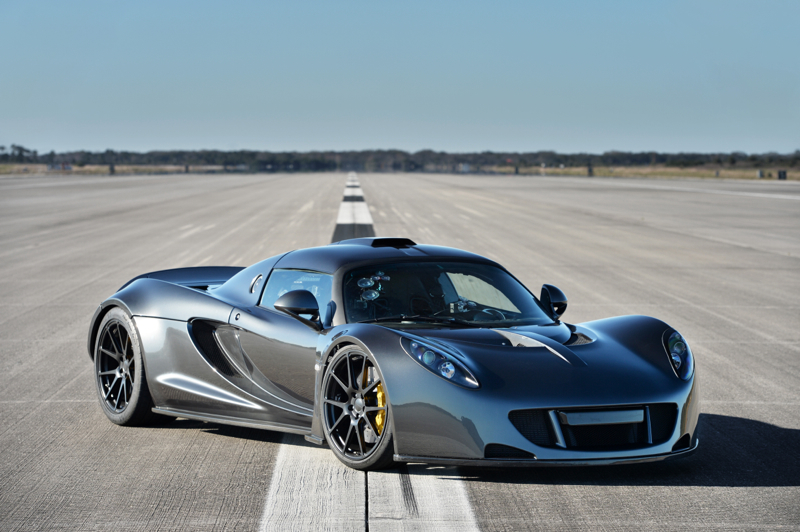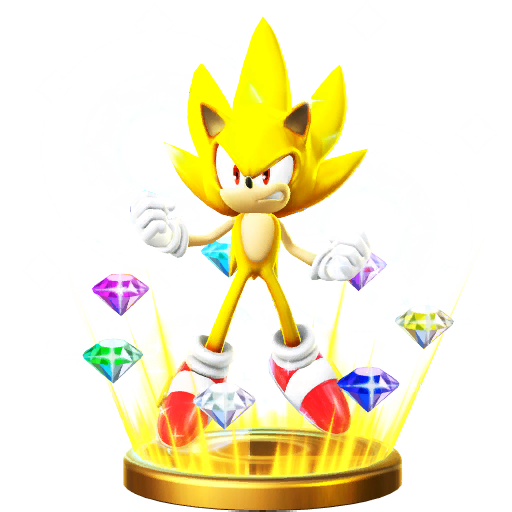Thrust
Lift
Drag
Gravity
Making a paper plane
Q. What are the forces acting on a paper plane?
There are 4 forces acting on a paper plane.

Thrust pushes the plane forward
Lift pushes the plane up.
Gravity (or Weight) pulls the plane down.
Drag pushes the plane backwards.
Aim: I want to find a paper plane design that can fly the furthest and beat the rest of my class.
World Record for Longest Flight
How can you change the forces from above to make the airplane go further?
Q. What are the forces acting on a paper plane?
There are 4 forces acting on a paper plane.
Thrust pushes the plane forward
Lift pushes the plane up.
Gravity (or Weight) pulls the plane down.
Drag pushes the plane backwards.
Challenge: To find a paper plane that beats the rest of the class.
Aim: I want to find a paper plane design that can fly the furthest and beat the rest of my class.
World Record for Longest Flight
How can you change the forces from above to make the airplane go further?
- Need to increase the thrust - to do this, i will throw harder.
- Reduced drag
- Change air flow - add ailerons
- Write up the experiment using the Scientific method
- Record your findings on the chart
- Take a photo of all your planes and upload them onto your blog
- Graph the results in a bar graph.
| Plane | Distance |
| Glider | |
| Jet | 6.9m |
| Cruiser | |
| Round wing |












